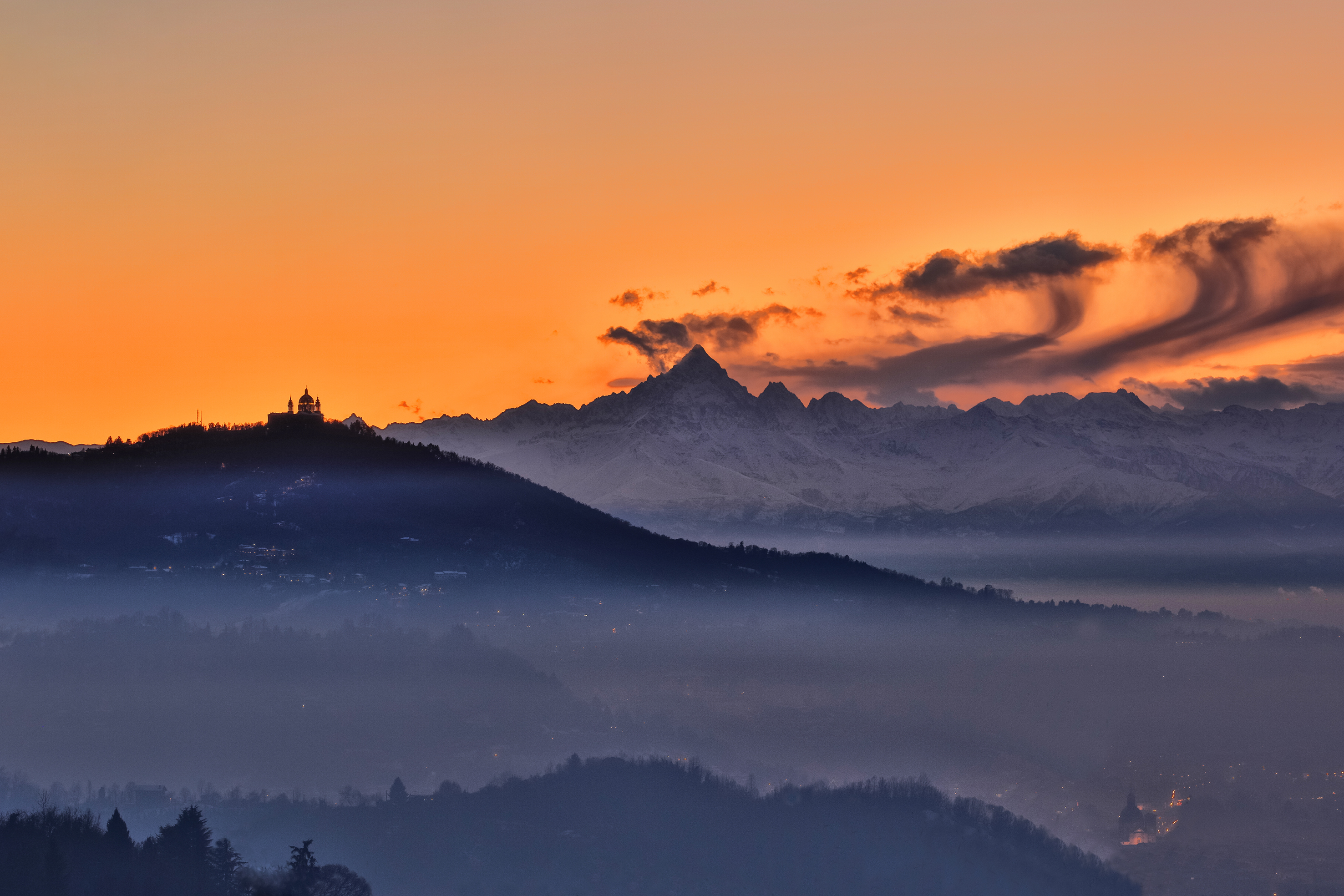For sake of page loading speed and server resource usage, their images are processed and served much smaller than their source. Check an image in your browser's inspector and you'll find a URL like this:
https://dims.apnews.com/dims4/default/6d117d0/2147483647/strip/true/crop/8640x5760+0+0/resize/599x399!/quality/90/?url=https%3A%2F%2Fassets.apnews.com%2Fef%2F52%2F5bda4550824e8fad22fa4fd7f874%2F56550fb6dd9548118b7f378693458184At the end of that long URL is a url query variable. Decode that URL and you'll have the URL of the full-size image. I don't know if these direct-link URLs will work within this post, or if they do for how long, but here's an example.

This isn't unique to AP, of course. Many sites do this for speed or bandwidth concerns or even to protect the full-size image from passersby.
A photographer on Wix, for instance, may not want you to download his full-resolution shots, but it's easy to access them by chopping off all of the image-editing API parameters after the base URL.


Be careful how you wield in this new power; these are after all copyrighted images. I do this just so I can make neat desktop wallpapers for myself. 🙃